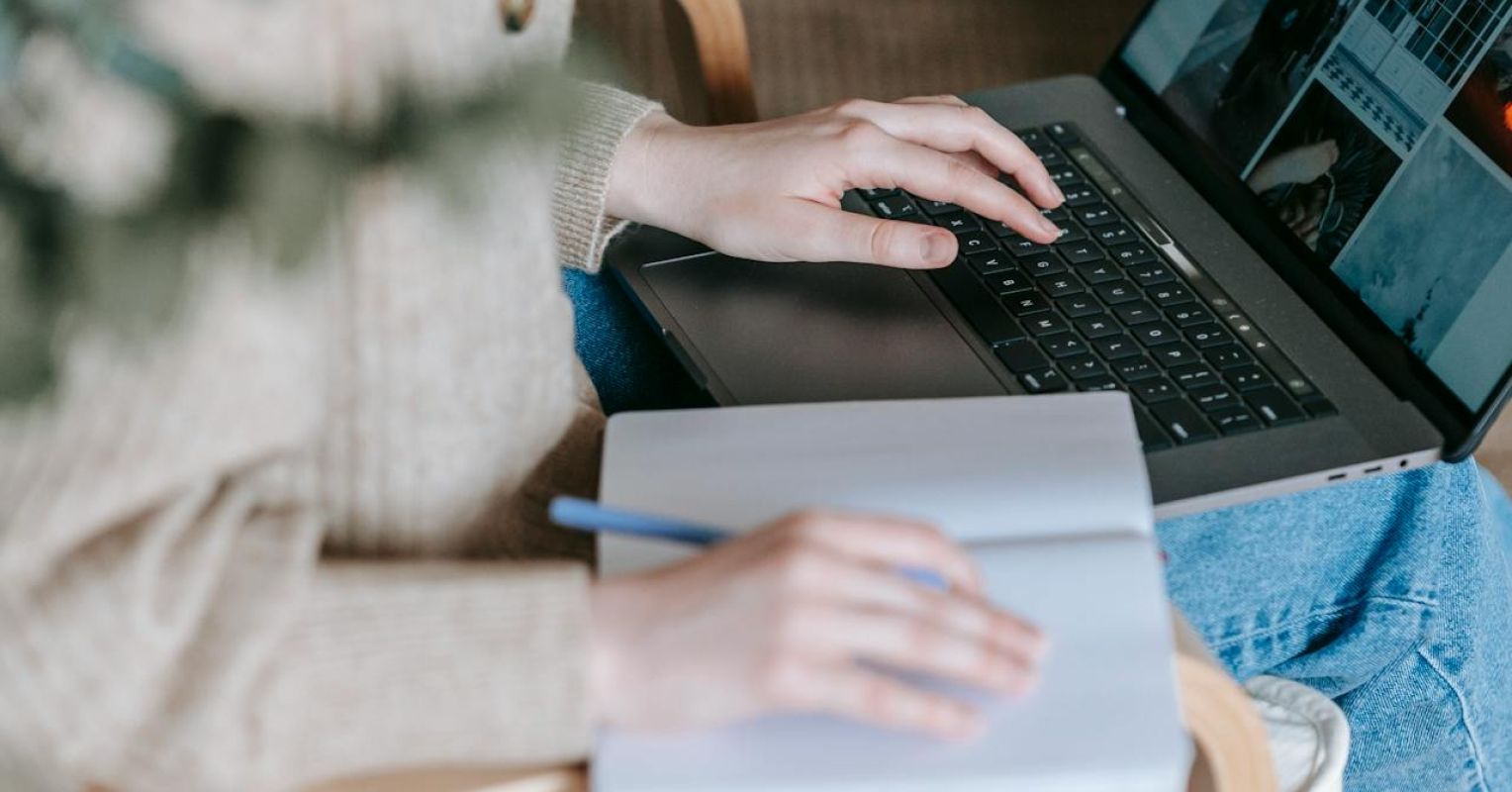
"Fact-checkers verify claims by consulting multiple sources, not just by reading a page's content."
"Learning lateral reading helps people spot false or biased info more accurately online."
"Checking a source's bias, funding, and transparency strengthens media literacy skills."
"Professional fact-checkers use lateral reading to detect false information, improving the ability to assess online credibility."
The article discusses the critical skills that differentiate professional fact-checkers from the average reader in evaluating online information. It emphasizes that while the general public often relies on vertical readingâwhich only assesses the visible content of a webpageâprofessional fact-checkers utilize lateral reading. This technique involves consulting multiple reputable sources to verify claims, leading to better identification of false or biased information. The article suggests that enhancing media literacy, through practices like checking a source's bias, funding, and transparency, can significantly boost one's ability to discern credible information amidst widespread misinformation online.
Read at Psychology Today
Unable to calculate read time
Collection
[
|
...
]